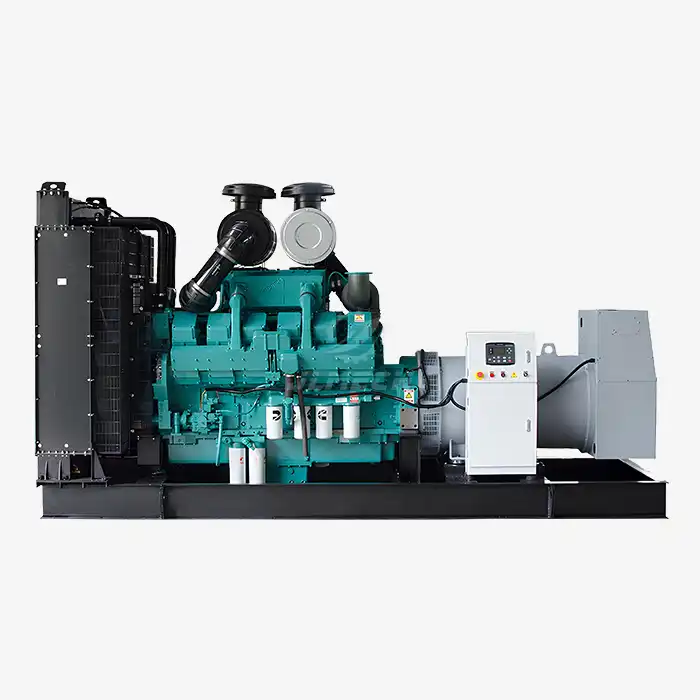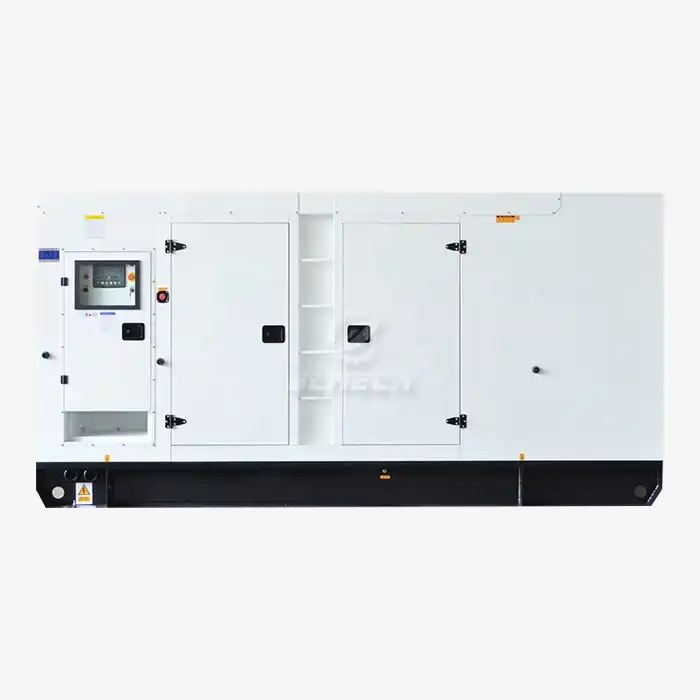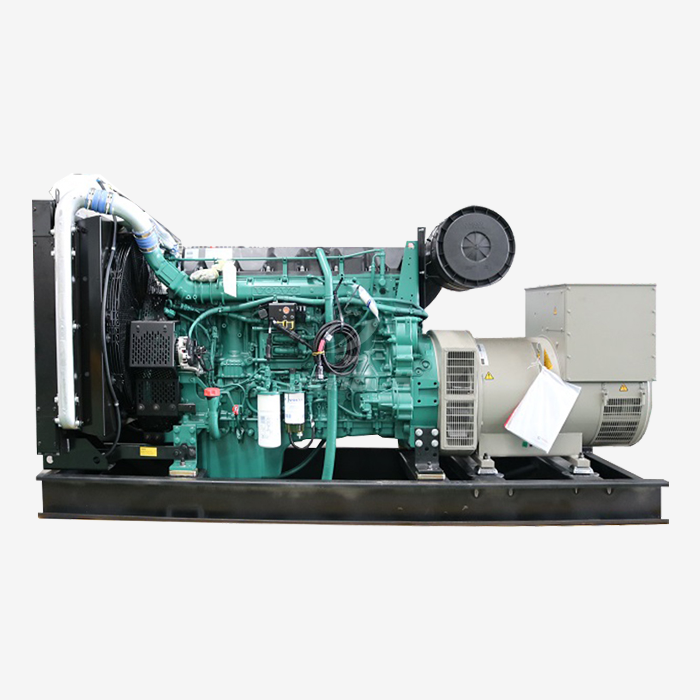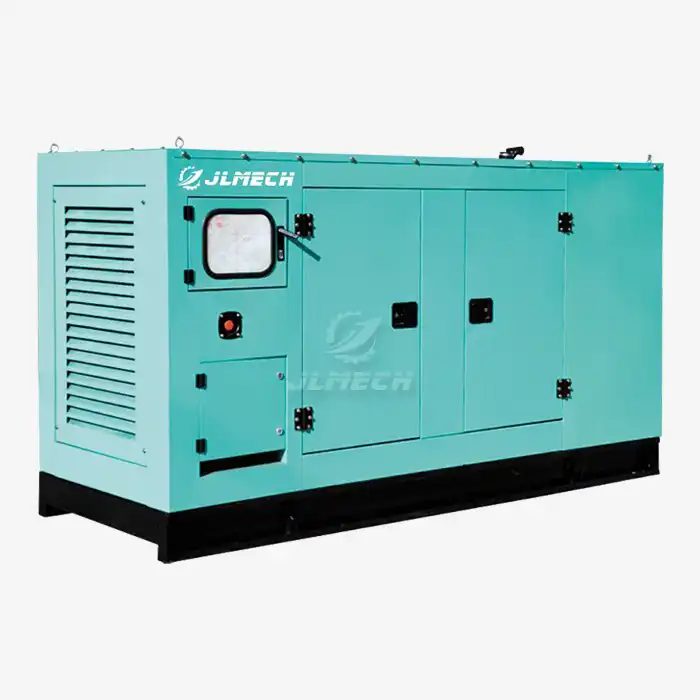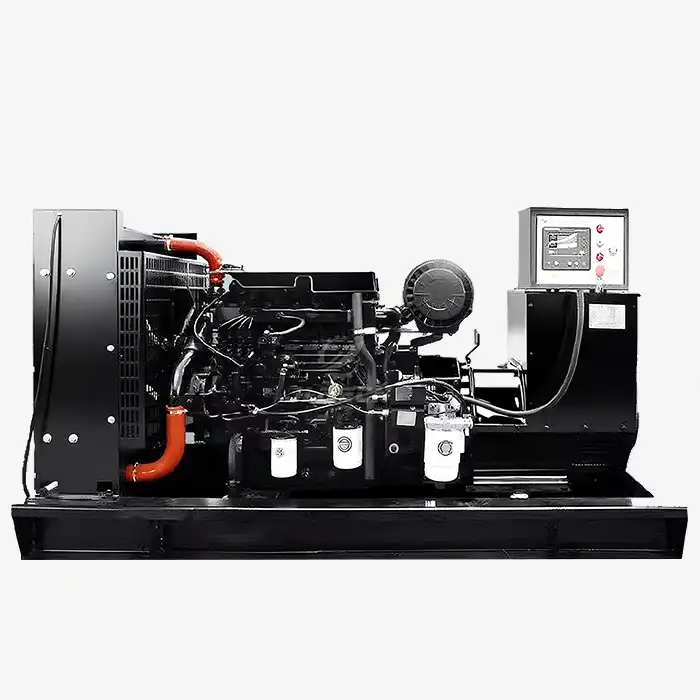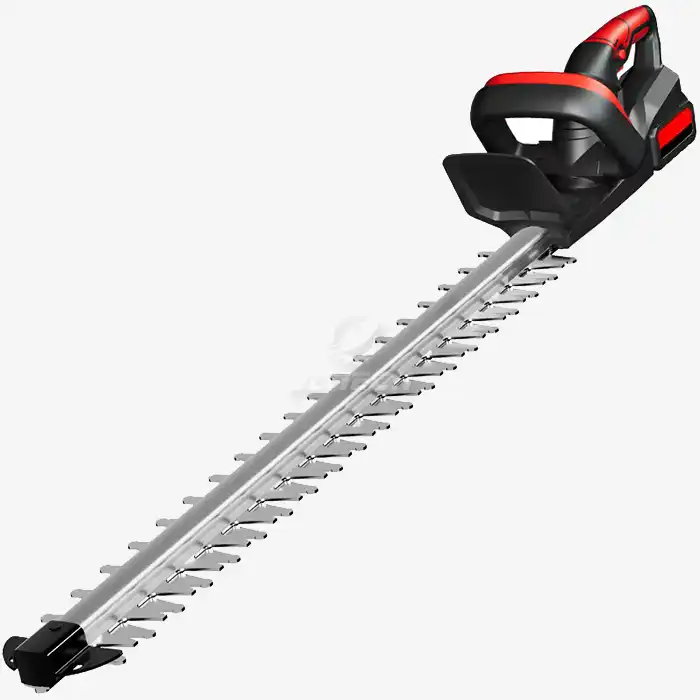Is 220V single or three-phase?
If you're selecting a generator or evaluating your facility's power requirements, understanding electrical phases is crucial. A common question we encounter is: "Is 220V single or three-phase?" The answer isn't straightforward because 220V can be either single-phase or three-phase, depending on the electrical system configuration. This difference between single phase and three phase generator is critical for ensuring you choose the right equipment for your specific application. Understanding where and how 220V appears in different systems will help you avoid costly mismatches between your equipment and power supply.

Understanding 220V in Single-Phase Systems
In single-phase systems, 220V is a standard voltage rating for many applications worldwide. This configuration typically uses two live wires (often 180 degrees out of phase) and sometimes a neutral to deliver 220V.
Common Applications:
Residential homes and apartments
Small workshops and businesses
Household appliances like ovens, dryers, and air conditioners
Technical Configuration:
In North America, this is often achieved through a split-phase system where two 110V legs combine to provide 220V
In many other regions, 220-240V is the standard single-phase voltage between live and neutral
Identification: Single-phase 220V systems typically have two or three terminals (L1, L2, and sometimes N)
220V in Three-Phase Systems
In three-phase systems, 220V can refer to the phase-to-neutral voltage in a wye (Y) configuration. This is distinct from the phase-to-phase voltage, which would be higher (typically 380V or 400V).
Common Applications:
Industrial machinery
Commercial buildings
Data centers
Large HVAC systems
Technical Configuration:
In a 220V three-phase system, the voltage between any phase and neutral is 220V
The voltage between any two phases would be 220V × √3 ≈ 380V
Identification: Three-phase 220V systems will have at least three live terminals (L1, L2, L3) and often a neutral
Key Differences and How to Tell Them Apart
Understanding the difference between single phase and three phase generator systems is essential for proper identification and application. Here are the key distinguishing factors:
Number of Conductors:
Single-phase: Typically 2 or 3 wires (L1, L2, N)
Three-phase: Typically 3 or 4 wires (L1, L2, L3, N)
Voltage Measurements:
Single-phase: Voltage between lines is 220V
Three-phase: Voltage phase-to-neutral is 220V, phase-to-phase is 380V
Power Delivery:
Single-phase: Pulsating power delivery
Three-phase: Constant, smooth power delivery
Applications:
Single-phase: Residential, light commercial
Three-phase: Industrial, heavy commercial
Practical Examples and Global Standards
The application of 220V varies significantly across different regions and applications:
North America:
Residential: 240V single-phase (split-phase)
Commercial/Industrial: 208V/120V three-phase or 480V/277V three-phase
Europe and Many Other Regions:
Residential: 230V single-phase
Commercial/Industrial: 400V/230V three-phase
Industrial Applications Worldwide:
220V/380V three-phase systems are common for industrial machinery
Some specialized equipment uses 220V three-phase delta configurations
Importance of Correct Identification
Selecting the wrong system can lead to serious consequences, making proper identification crucial. This represents a fundamental difference between single phase and three phase generator applications that must be respected.
Equipment Damage: Connecting three-phase equipment to single-phase power (or vice versa) can damage motors and electronics
Performance Issues: Single-phase systems may struggle with heavy industrial loads
Efficiency Losses: Using the wrong system reduces efficiency and increases operating costs
Safety Concerns: Improper connections create electrical hazards
How to Determine Your Requirement
Before selecting equipment, follow these steps to determine your specific needs:
Check Equipment Nameplates:
Look for voltage specifications (220V, 230V, 240V)
Note phase requirements (1Φ or 3Φ)
Examine Existing Connections:
Count the wires in your supply
Measure voltages between different conductors
Consult Professionals:
Electrical engineers or qualified electricians
Equipment manufacturers
Consider Future Needs:
Plan for equipment upgrades
Consider expansion requirements
Making the Right Choice for Your Application
Understanding the difference between single phase and three phase generator systems becomes particularly important when working with 220V equipment. Your choice should be guided by:
Equipment Requirements: Match the power supply to your equipment specifications
Load Characteristics: Three-phase is better for heavy motor loads
Efficiency Needs: Three-phase systems offer better power density and efficiency
Cost Considerations: Balance initial investment against long-term operating costs
Local Regulations: comply with electrical codes and standards
Conclusion
The question "Is 220V single or three-phase?" highlights the complexity of electrical systems. Both configurations exist and serve different purposes. Single-phase 220V is common in residential and light commercial applications, while three-phase 220V (typically as part of a 220/380V system) serves industrial and heavy commercial needs. Understanding this distinction and the broader difference between single phase and three phase generator systems ensures you select the right power solution for your specific requirements, avoiding costly mistakes and ensuring optimal performance.
Our technical team can help you determine your exact power requirements and select the appropriate generator configuration. For personalized assistance, contact us at skala@whjlmech.com.
References
International Electrotechnical Commission. (2020). IEC Standard Voltages (IEC 60038:2020).
National Fire Protection Association. (2023). National Electrical Code (NFPA 70).
Institute of Electrical and Electronics Engineers. (2021). IEEE Recommended Practice for Electric Power Distribution for Industrial Plants (IEEE Std 141-2021).




